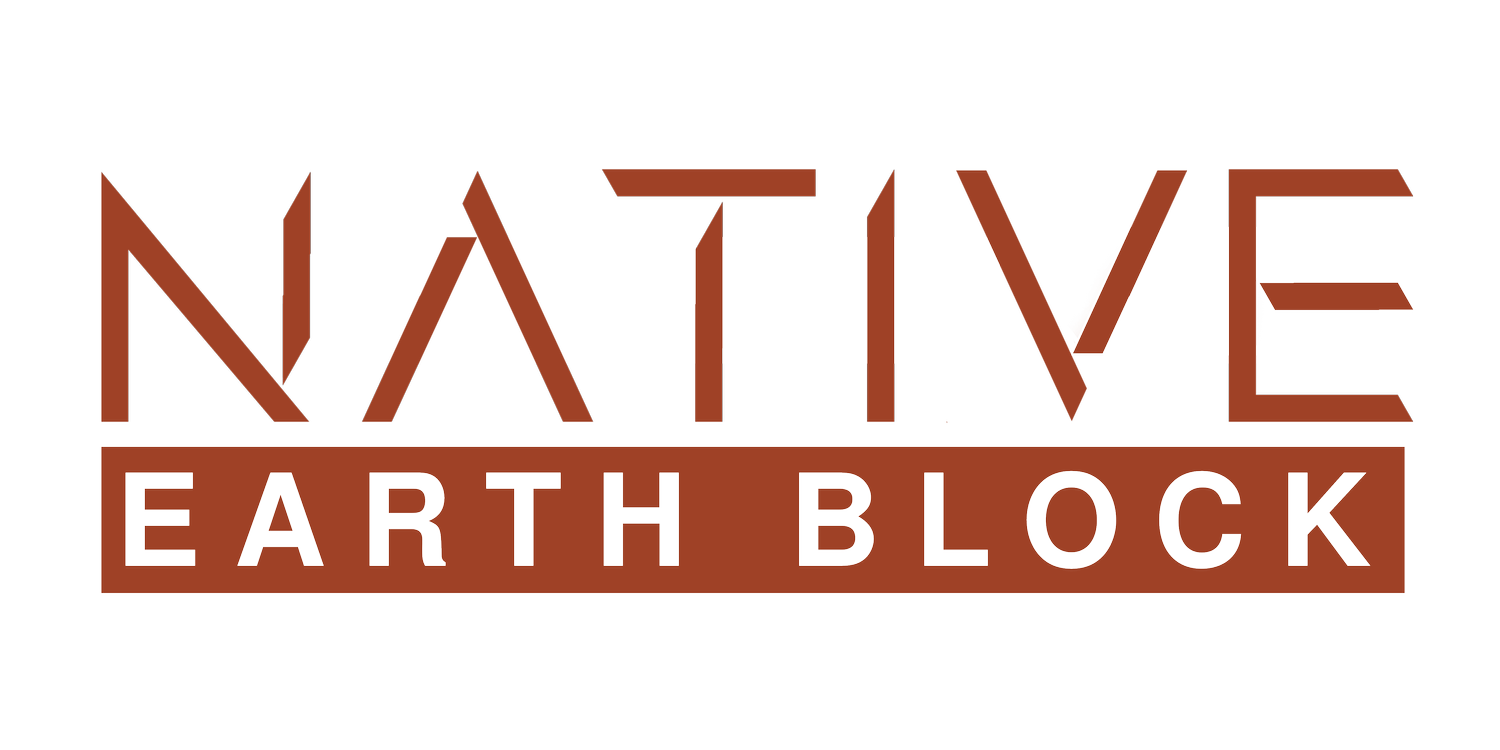Frequently Asked Questions
1. What are Native Earth Block compressed earth bricks (CEBs)?
Compressed earth bricks, often referred to as CEBs, are sustainable building materials made from a mixture of locally sourced earth, stabilized with a small percentage of cement or other stabilizers. These bricks are compressed and molded into blocks for construction purposes.
2. How do CEBs differ from traditional bricks?
CEBs are distinct from traditional fired clay bricks as they do not require high-temperature firing in kilns, reducing energy consumption and carbon emissions. They are also typically larger and offer better thermal mass properties for insulation.
3. What are the benefits of using CEBs in construction?
Sustainability: CEBs are environmentally friendly, utilizing local materials and minimizing transportation costs and emissions.
Durability: They are known for their durability, capable of withstanding harsh weather conditions.
Thermal Mass: CEBs offer excellent thermal mass properties, contributing to energy-efficient buildings.
Aesthetics: CEBs have a natural, earthy appearance that adds character to structures.
4. Are CEBs suitable for all types of construction projects?
CEBs are versatile and can be used in various construction projects, including residential homes, commercial buildings, eco-resorts, schools, and public infrastructure. They are particularly well-suited for sustainable and eco-conscious construction.
5. What should I keep in mind when building with CEBs?
Proper stabilization in some soil types is needed when building with CEBs. Ther is a potential susceptibility to erosion if the blocks are not adequately protected, and skilled laborers are needed for construction.
6. Can CEBs be used in earthquake-prone areas?
Yes, CEBs can be used in earthquake-prone regions when properly engineered and constructed. Their mass and solidity can contribute to earthquake resistance. Consult with an architect or engineer experienced in CEB construction for the best practices in seismic regions.
7. How do I maintain CEB structures?
Maintaining CEB structures is similar to maintaining traditional buildings. Regular inspections, repairs to damaged blocks, and proper drainage and waterproofing are essential.
8. Are CEBs more expensive than traditional building materials?
The cost of CEBs can vary depending on factors like location, block size, and stabilization methods. While the initial cost may be comparable to or slightly higher than traditional materials, the long-term savings in energy costs and the environmental benefits can make CEBs a cost-effective choice.
9. Can CEBs be customized in terms of size and appearance?
Yes, CEBs can be customized to meet specific project requirements, including block size and color. Different stabilizers can also affect the appearance and properties of the blocks.
10. Where can I purchase CEBs?
Please fill out our form on the contact page or call 512-714-2405 for more information.
Remember that using CEBs in your construction project may require compliance with local building codes and regulations, so always consult with local authorities and professionals for guidance.

